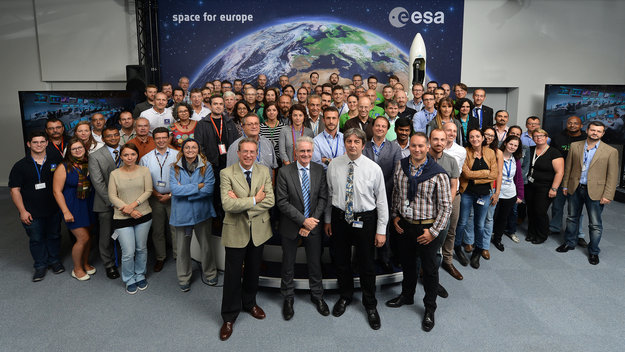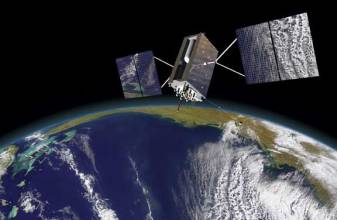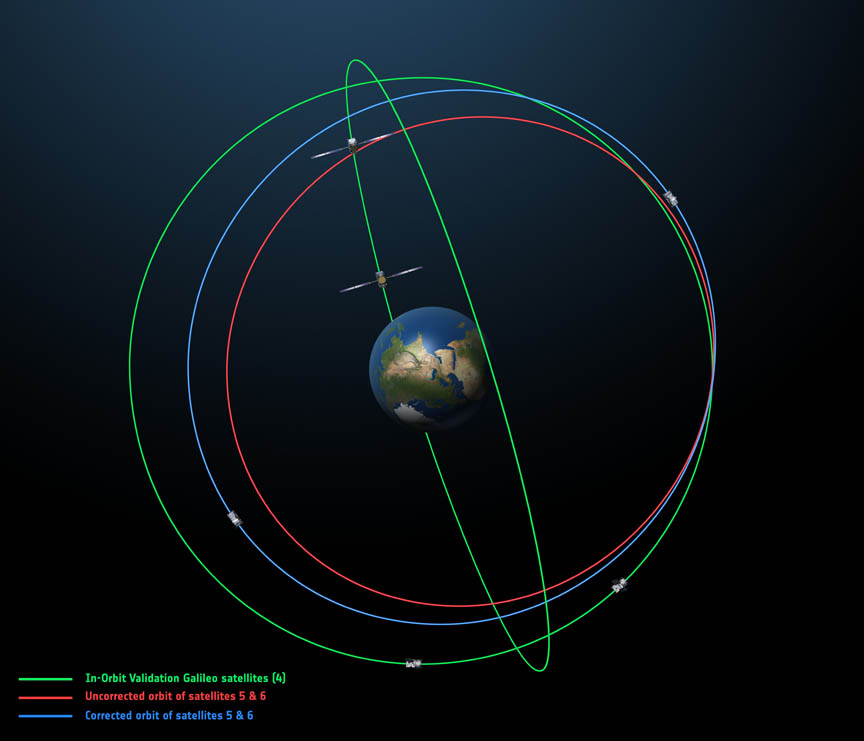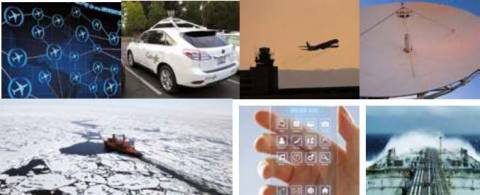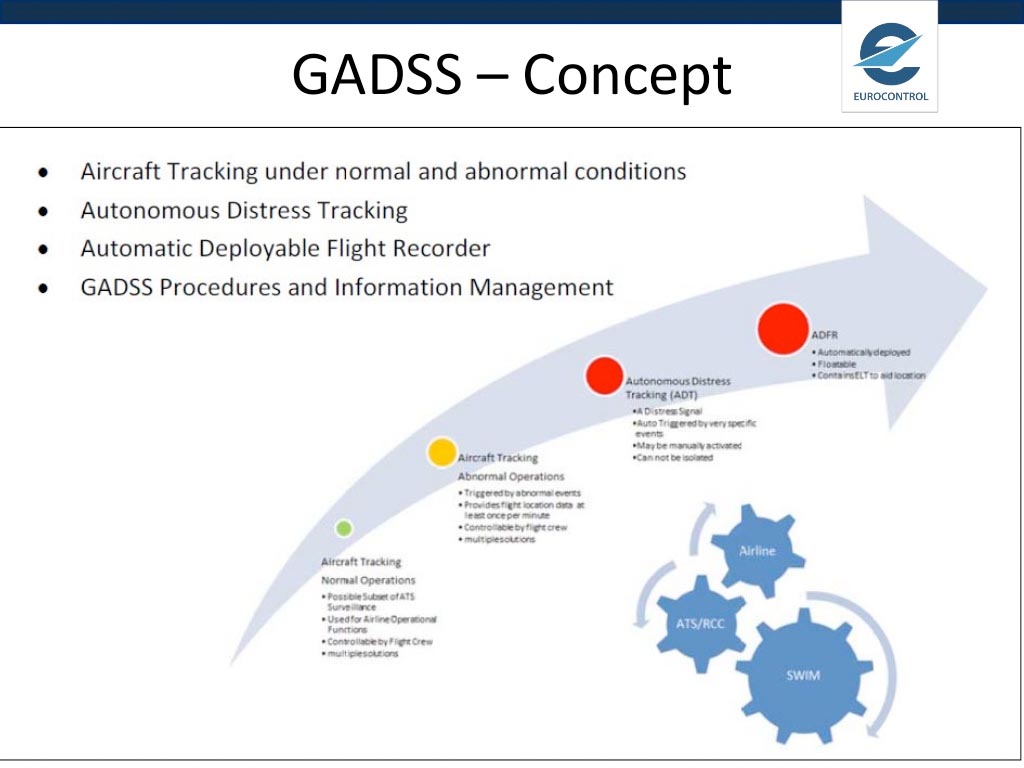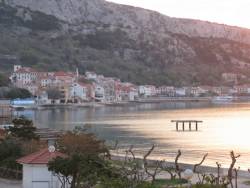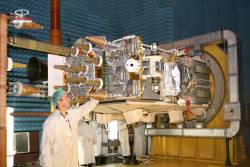Another Successful Launch, But Pressure Still on for Galileo
With a successful September 10/11 launch under its belt, the Galileo program continues to move in the right direction, but proponents should be cautious about overstating the rate of progress, lest too-hopeful forecasts come back to bite them (again).
The September 11 European Space Agency (ESA) press release featured a headline proclaiming that 10 Galileo satellites are now in orbit, and while technically that may be true, it bears considering whether the 10 satellites in question are all they’re cracked up to be.
By Inside GNSS
